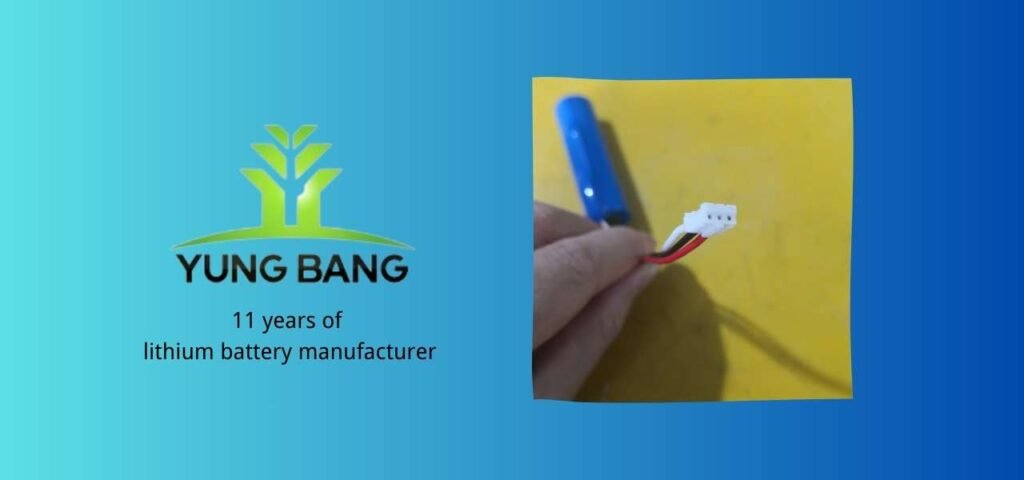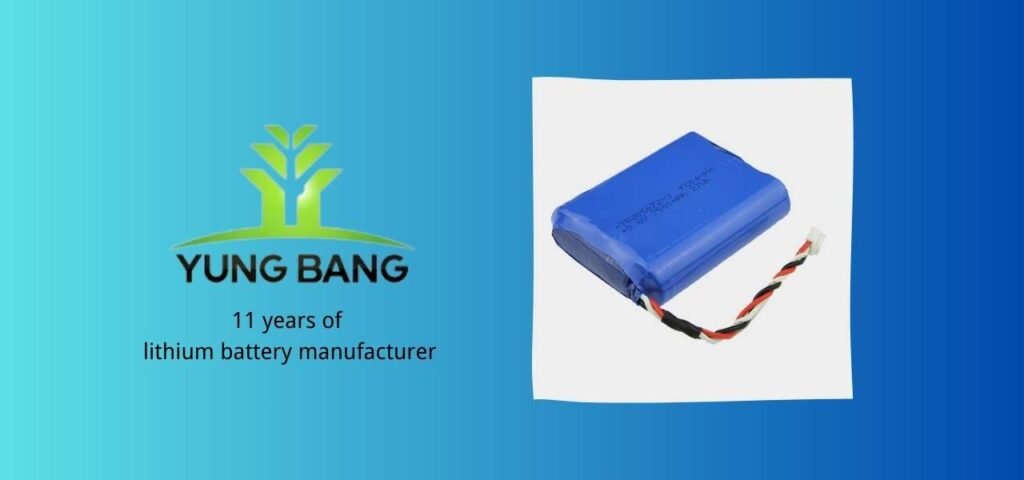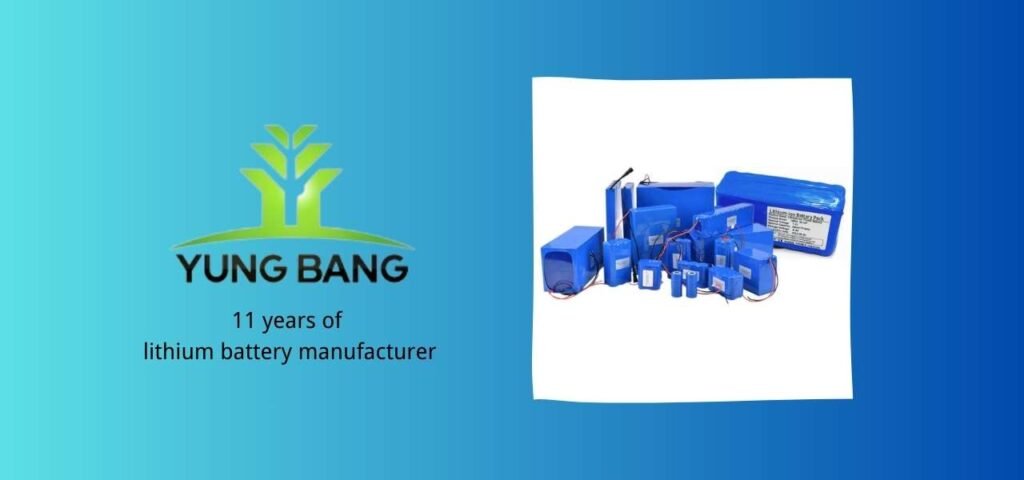1.What is a 3.7V Rechargeable Battery 18650?
The 3.7V rechargeable battery 18650 is a common lithium-ion rechargeable battery named after its dimensions. Here are some basic details about the 3.7V rechargeable battery 18650:
Voltage: The rated voltage is typically 3.7 volts, representing the average voltage of the battery during operation.
Size: The numbers in the name denote its diameter and length in millimeters. Typically, 18650 batteries have a diameter of around 18mm and a length of around 65mm.
Capacity: Measured in milliampere-hours (mAh), indicating the amount of charge the battery can store. Capacities range from a few hundred to several thousand mAh, depending on the manufacturer and battery type.
Applications: Widely used in various portable electronic devices such as flashlights, laptop battery packs, power tools, portable power banks, drones, etc.

2.What type of battery is the 3.7V Rechargeable Battery 18650?
The 3.7V rechargeable battery 18650 is a type of lithium-ion rechargeable battery. It utilizes lithium-ion technology, offering high energy density, lightweight, and rechargeability.
3.What are the chemical components of the 3.7V Rechargeable Battery 18650?
The primary chemical components of the 3.7V rechargeable battery 18650 include:
Cathode Material: Typically lithium compounds such as lithium cobalt oxide (LiCoO2), lithium nickel manganese cobalt oxide (LiNiMnCoO2), lithium iron phosphate (LiFePO4), etc.
Anode Material: Usually graphite (carbon), which facilitates the intercalation and deintercalation of lithium ions during charging and discharging.
Electrolyte: Organic liquid or polymer electrolyte providing ion conduction pathways for lithium ions between the electrodes.
Separator: A polymer membrane separating the cathode and anode to prevent direct contact and short circuits.
Battery Packaging Materials: Outer casing typically composed of materials like aluminum, cobalt, or polymers, enclosing the internal components for protection.

4.What is the charging process of the 3.7V Rechargeable Battery 18650?
The charging process of the 3.7V rechargeable battery 18650 typically involves the following steps:
Connecting to Power: Connect the 18650 battery to a charger, ensuring correct polarity.
Charging Current Control: The charger provides a constant current to charge the battery.
Overcharge Protection: The charger stops providing current when the battery reaches full charge to prevent overcharging.
Monitoring: The charger monitors battery voltage, temperature, and charging time for safety.
Charging Completion: Once fully charged, the charger stops providing current, indicating the completion of charging.
5.What is the discharging process of the 3.7V Rechargeable Battery 18650?
The discharging process of the 3.7V rechargeable battery 18650 typically involves the following steps:
Connecting to Load: Connect the charged 18650 battery to the device or load requiring power.
Load Operation: The device starts operating, drawing current from the battery.
Battery Discharge: The battery releases stored energy, with lithium ions moving from the cathode to the anode.
Voltage Monitoring: Monitor the battery voltage during discharge to track remaining capacity.
Discharge Cutoff: Stop the device operation when the battery voltage reaches a preset cutoff to prevent over-discharge.
6.What are the common safety issues of the 3.7V Rechargeable Battery 18650?
Common safety issues of the 3.7V rechargeable battery 18650 include:
Overcharging
Over-discharging
Overcurrent
Short circuits
Overheating
Mechanical damage
7.What is the operating temperature range of the 3.7V Rechargeable Battery 18650?
The operating temperature range of the 3.7V rechargeable battery 18650 typically ranges from -10°C to 60°C, allowing safe and efficient performance under various environmental conditions.
8.What are the environmental impacts of the 3.7V Rechargeable Battery 18650, and is it recyclable?
The 3.7V rechargeable battery 18650 can have environmental impacts due to its chemical components and potential pollution during production and disposal. However, some materials, such as metals and plastics, can be recycled from spent batteries, reducing waste and environmental pollution.

9.How standardized is the 3.7V Rechargeable Battery 18650?
The 3.7V rechargeable battery 18650 has a high degree of standardization in terms of size, voltage, capacity, and performance parameters, enabling interchangeability and compatibility across various devices and applications.
10.Yungbang’s Production of 3.7V Rechargeable Battery 18650
3.7V 3200mAh 18650 Battery Pack Product Specifications:
Standard Voltage: 3.7V
Dimensions: 19*70 (mm)
Capacity: 3400mAh
Applicable Types: Electronic Products
Storage Temperature: -10°C to 45°C
Operating Temperature: -10°C to 60°C
Customization Support: Voltage, Model, Casing, Terminals, Cable Length
3.7V 6000mAh 18650 Battery Pack 2P Product Specifications:
Standard Voltage: 3.7V
Dimensions: 193770 (mm)
Capacity: 6000mAh
Applicable Types: Electronic Products
Storage Temperature: -10℃-45℃
Operating Temperature: -10℃-60℃
Customizable options include voltage, model, casing, terminals, and wire length.
3.7V 7500mAh 18650 Battery Pack 3P Product Specifications:
Standard Voltage: 3.7V
Dimensions: 60*70 (mm)
Capacity: 7500mAh
Applicable Types: Shared bicycles, electric bicycles
Storage Temperature: -10℃-45℃
Operating Temperature: -10℃-60℃
Customizable options include voltage, model, casing, terminals, and wire length.
11.Yungbang Battery Factory Introduction
Yungbang, established in 2013, is a professional enterprise specializing in lithium battery manufacturing. They offer various specifications of 3.7V rechargeable battery 18650 products with customizable options for voltage, capacity, casing, terminals, and wire length, suitable for different electronic products and applications.

